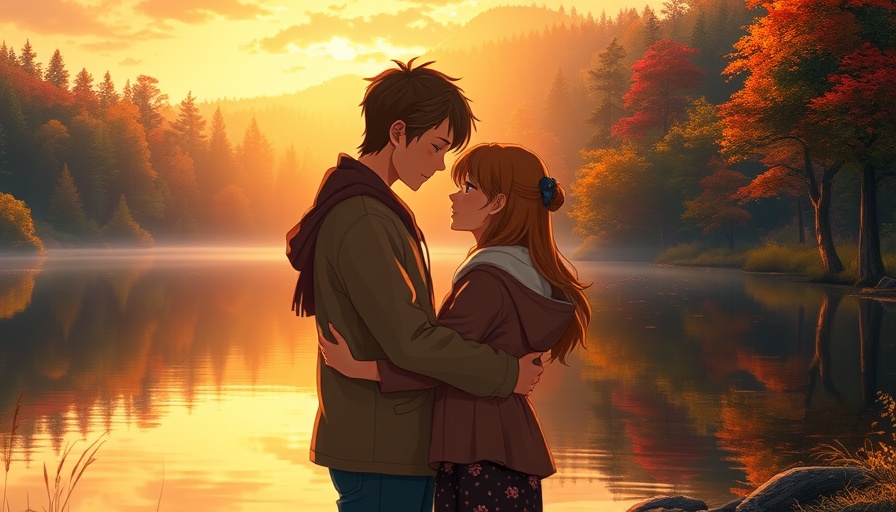
AI and the Evolution of Artistic Expression
As we venture deeper into the new age of technology, one question looms large: could AI fundamentally alter the landscape of art? The recent phenomenon termed 'Ghiblification'—where AI art generation mimics the enchanting style of Studio Ghibli—has sparked fervent discussions among fans and creators alike. Much like the advent of photography did not erase the canvas, AI's ability to conjure images does not signify the end of traditional artistry. Instead, it suggests an evolution in how art is created and consumed.
Breaking Down 'Ghiblification'
Though many categorically oppose the idea of AI-generated art on ethical grounds, it's essential to recognize that cultural evolution tends to embrace change. Hayao Miyazaki, a visionary behind Studio Ghibli, initially criticized the technology, dubbing it an “insult to life itself.” But while critics warn of the dangers—from environmental impact to copyright challenges—Ghiblification offers artists a new palette, broadening their creative toolkit.
Lessons From History
Historically, we've witnessed the endurance of artistic forms against the currents of technological change. Much like how graphic designers emerged as computers fueled creativity in the 1980s, AI is positioning aspiring creators to contribute uniquely to the world of art. The handcrafted Kashmiri shawl, for instance, retains its value even amidst mass production, showcasing the continual market for traditional artistry alongside technological advancements.
The Democratization of Art Through AI
At its core, Ghiblification embodies a principle of accessibility. AI democratizes artistic creation by providing tools that allow individuals with limited resources to express their vision. It shifts the focus from technical prowess to creativity, enabling anyone with an idea the ability to manifest it visually. Today, not only professional artists will garner attention; everyday individuals can produce stunning artwork, representing diverse voices and perspectives.
The Complexities of Copyright
However, the explosion of AI-generated art brings forth serious concerns surrounding copyright. Artists, writers, and creators face the challenge of protecting their original works from unauthorized use in training AI models. This legal maze is complicated and often lacks clear precedents, posing significant questions: can an artistic style be owned, or is it part of a shared cultural tapestry? In the same vein, Miyazaki’s inspiration came from diverse sources, emphasizing that creativity often thrives on exchange rather than isolation.
The Future of Art: Collaboration or Competition?
The dichotomy of AI as a competitor versus a collaborator will ultimately shape art's future. Will artists feel threatened by AI or see it as a partner? With AI's capabilities in producing high-quality art rapidly, the challenge that lies ahead for traditional artists is to distinguish their unique voices. Authenticity will always have its price, and the emotional connection behind handmade pieces provides value that AI cannot replicate.
Conclusion: An Expanded Sandbox for All
In a world where art is continuously redefined, embracing AI's potential could lead to new, unexpected worlds of creativity. Artists do not have to fear Ghiblification; instead, they can view it as an invitation to expand their practice. Just as photography introduced new perspectives yet coexisted alongside traditional painting, AI could enrich artistic expression rather than stifle it.
It’s time to step into this brave new world with open hearts and minds, recognizing that technology—and the imagination behind it—can coexist harmoniously. For more on how AI feeds our creative impulses and shapes the future of art, stay tuned to our ongoing coverage of AI advancements.
 Add Row
Add Row  Add
Add 




 Add Row
Add Row  Add
Add 

Write A Comment